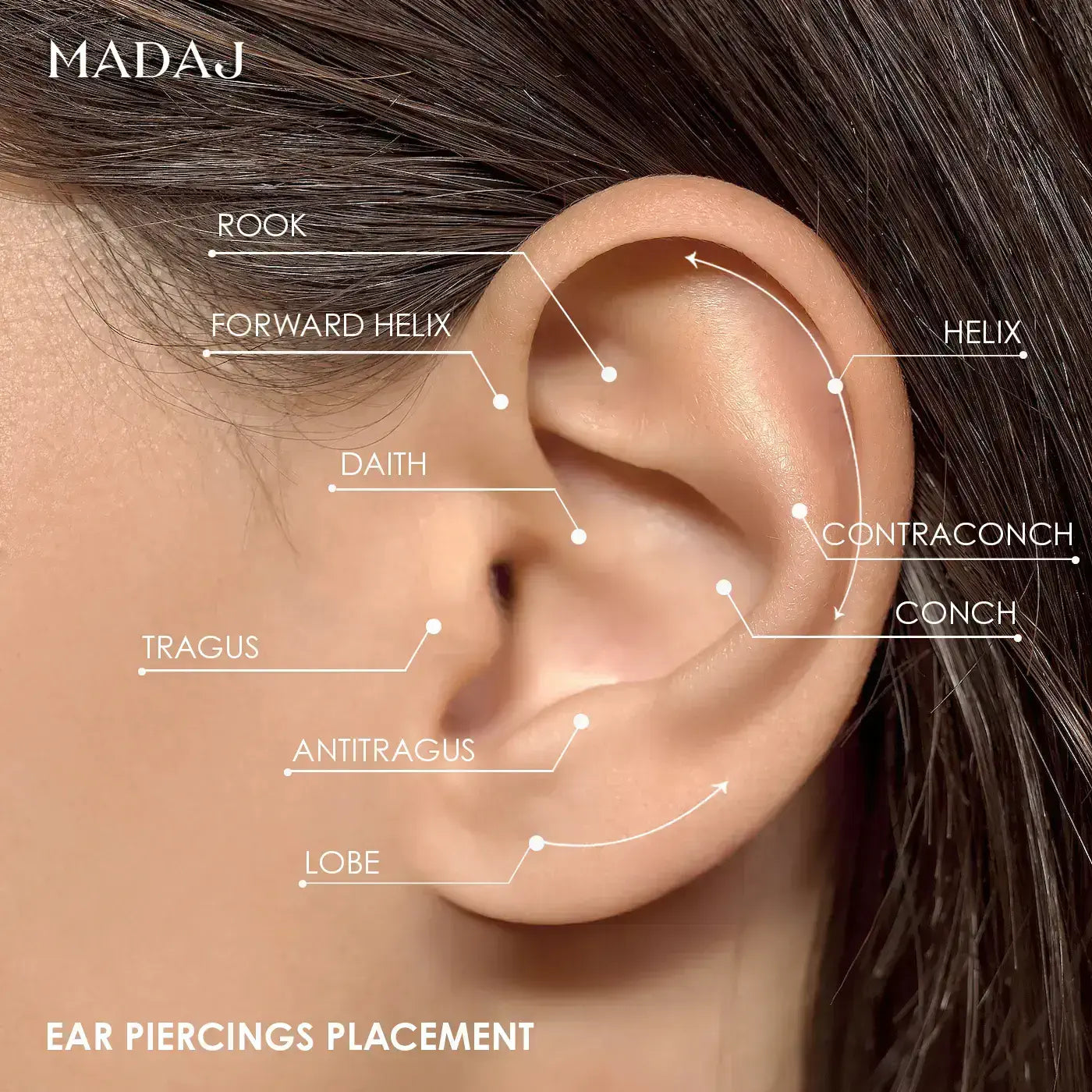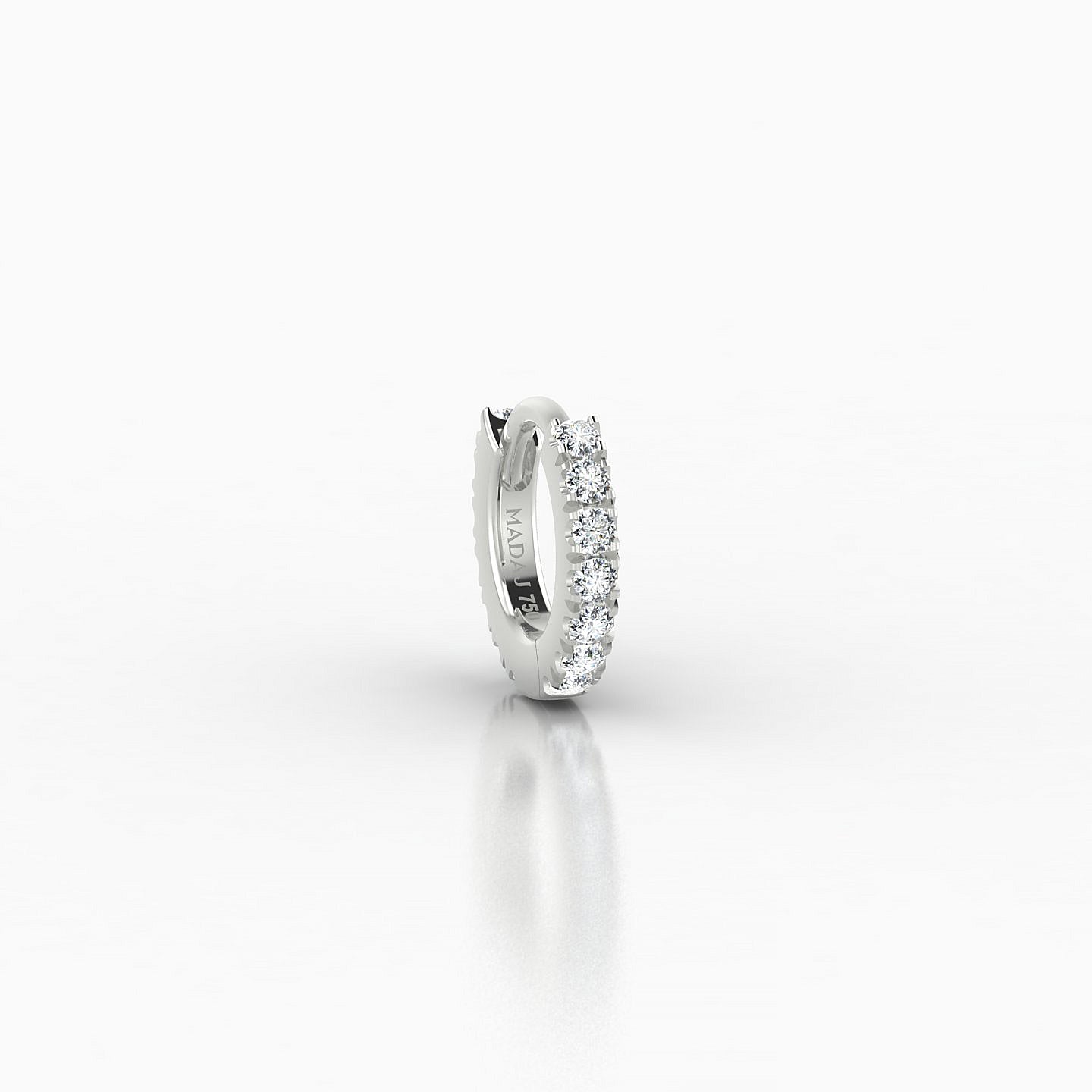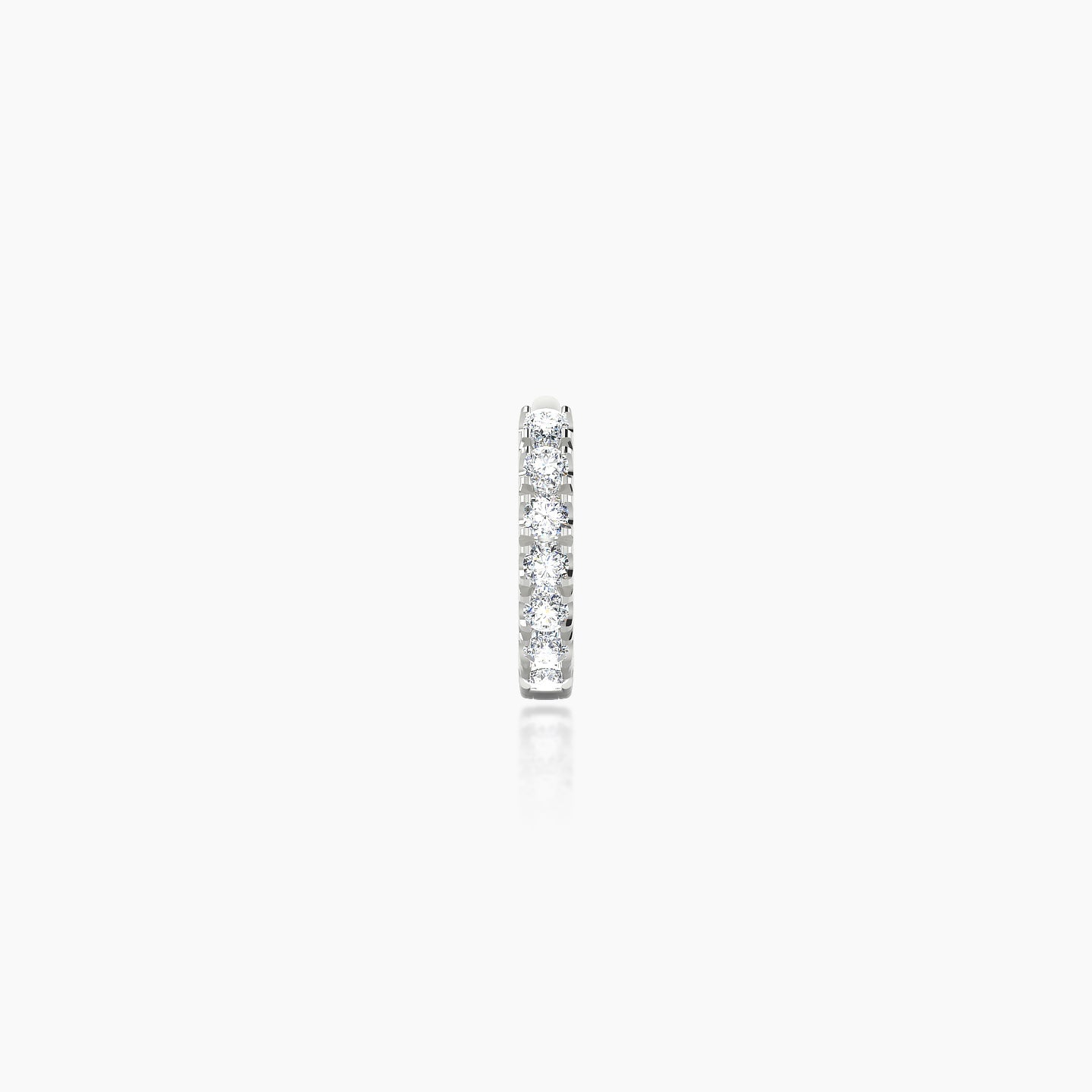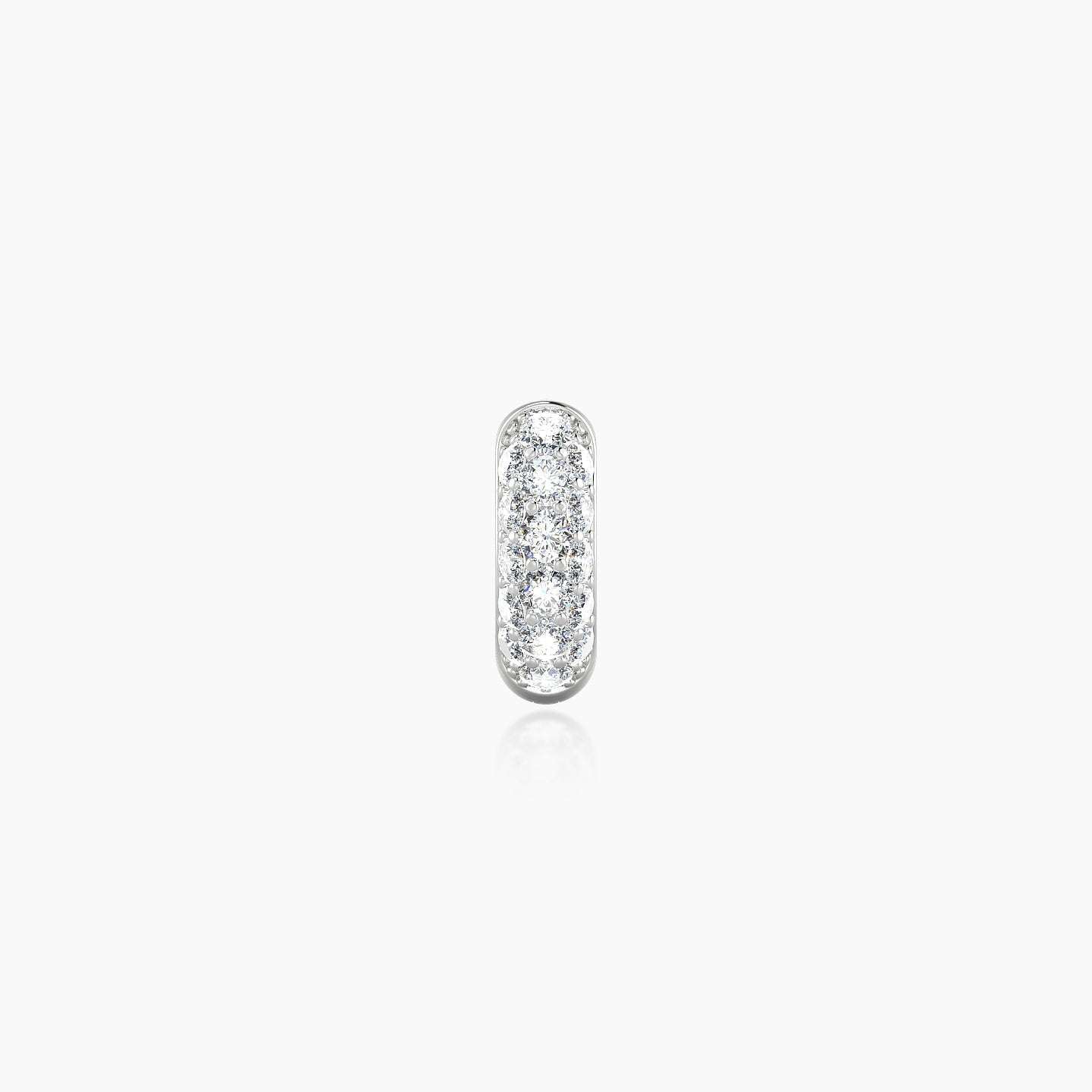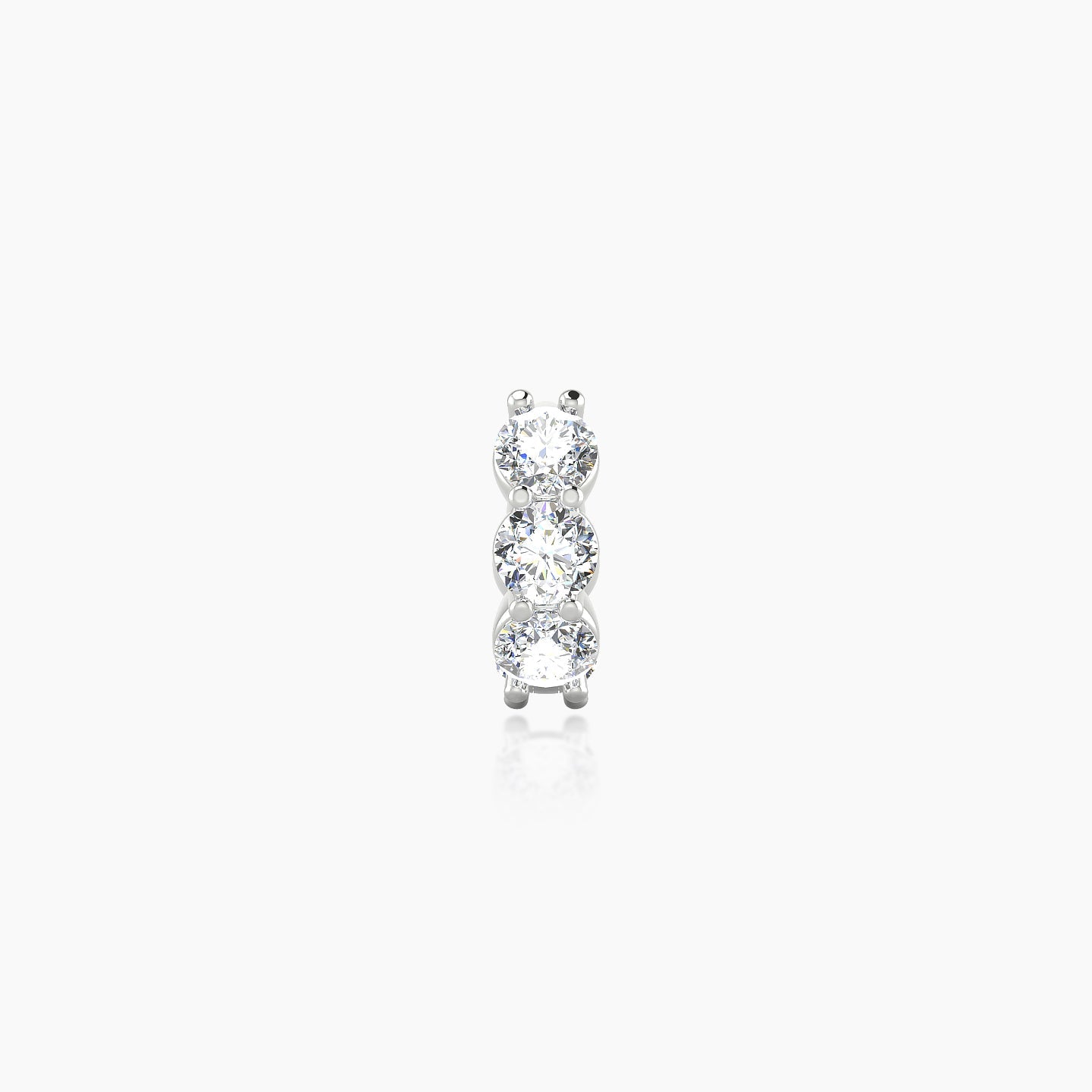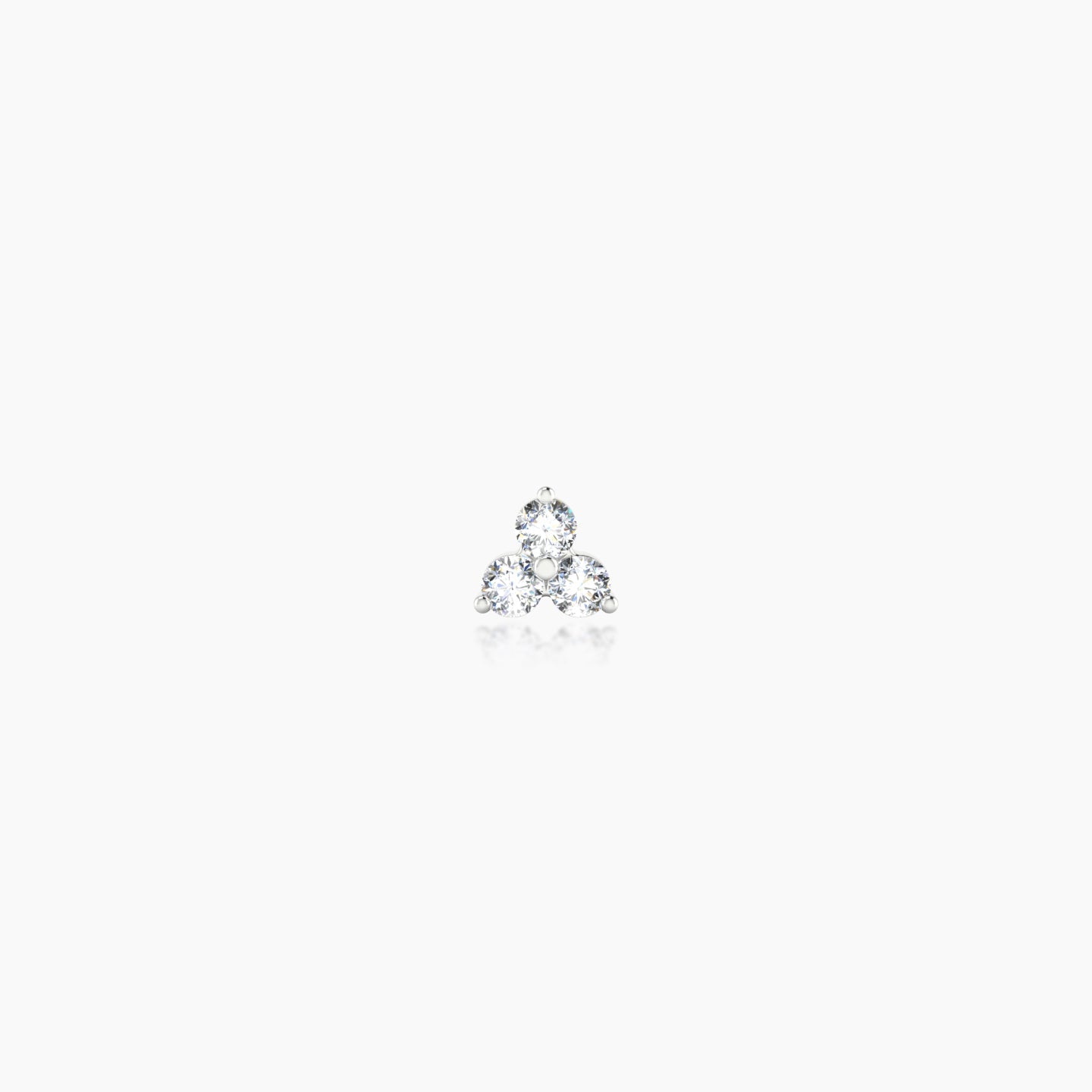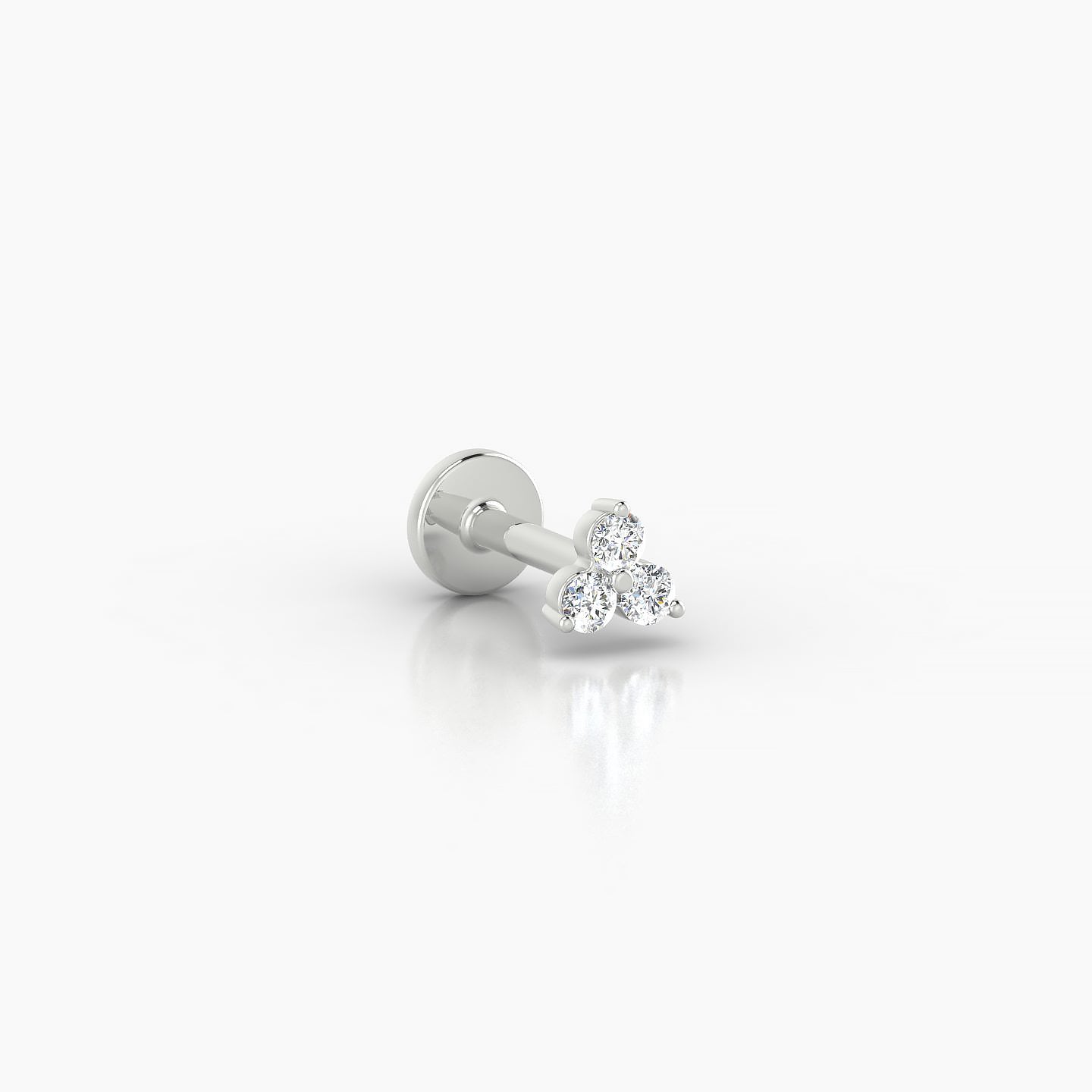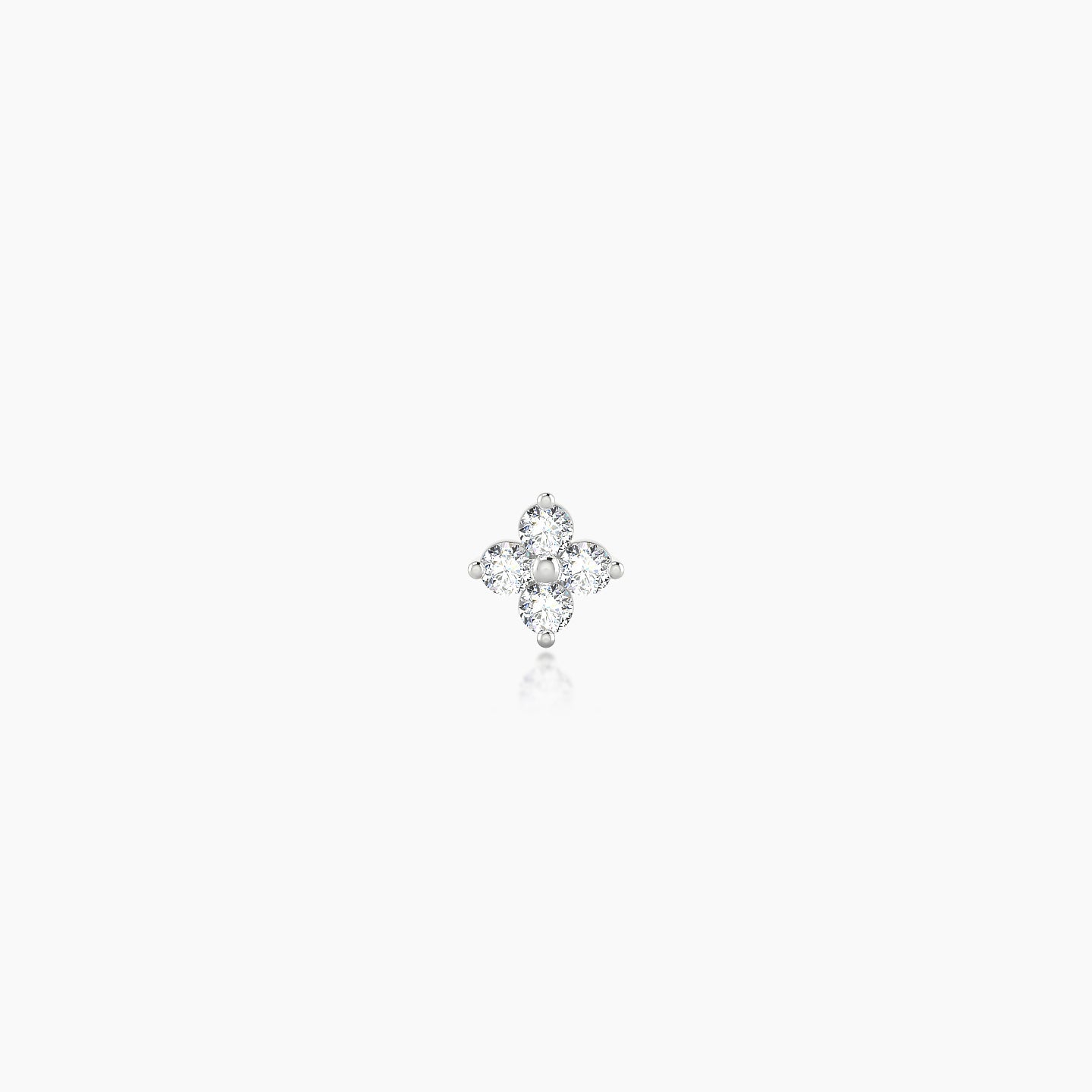Education
LOBE PIERCING FULL GUIDE
The lobe piercing is the foundation of any ear composition. Timeless, versatile, and refined, it often serves as the first step into the world of ear jewelry. Worn alone or stacked, it offers complete freedom for creative expression.
This guide provides a comprehensive overview of the lobe piercing: placement, procedure, healing process, jewelry options, and aftercare tips.
To find the ear piercing composition that suits you, explore our ear piercing ideas.

LOBE PIERCING PLACEMENT
The most common location for a lobe piercing is in the center of the earlobe. It's the area that offers the most space and is usually the least painful spot to pierce due to the softness of the tissue.
It's common for people to have multiple lobe piercings. These can be vertically aligned (one above the other) or horizontally aligned (side by side). The spacing and placement depend on the size of the individual's earlobe and personal preference.
The earlobe is one of the most universally suitable spots for piercing. It's often chosen for first-time piercings due to the lower pain level compared to other ear piercings.

LOBE PIERCING PAIN LEVEL
Pain Level of Lobe Piercing: (2/10)
The pain of a lobe piercing is generally considered mild to moderate. Due to the softer nature of the earlobe tissue compared to cartilage, the sensation of pain is often less intense compared to piercings that pass through cartilage.
How can I reduce the pain experienced during my lobe piercing?
There are solutions to reduce pain during lobe piercing, such as the use of lidocaine-based numbing cream (EMLA or generics).
This cream is available in pharmacies by prescription.
It is recommended to apply it between 30 minutes to 1 hour before piercing.
To learn more about reducing the pain of a lobe piercing, discover our Guide on Ear Piercing Pain Levels.

LOBE PIERCING PROCEDURE
- The piercer will clean your earlobe with an antiseptic solution to ensure the area is sterile before piercing.
- They will mark the spot where the lobe piercing will be made, usually in the center of the lobe, or at the specific point you've agreed upon.
- The piercer will use sterilized equipment. Most professional piercers use a sterilized needle, which is generally considered safer and more precise than a piercing gun. It is important to note that pain levels can vary significantly from one person to another.
- The piercer carefully pushes the needle through the marked spot on your earlobe, following it immediately with the lobe jewelry.

CLEANING INSTRUCTIONS FOR LOBE PIERCING
Proper aftercare and cleaning are crucial for a lobe piercing to ensure healthy healing and prevent infections.
- Clean your lobe piercing twice a day – once in the morning and once at night.
- Use a sterile saline solution on sterile gauze and gently wipe around the piercing with the soaked gauze or paper towel to remove any loosened discharge.
- After cleaning, carefully dab the lobe piercing area dry with a clean fresh gauze to remove excess moisture. Moisture can promote bacterial growth.

HEALING TIME & PROCESS FOR LOBE PIERCING
The healing process : Right after getting the Lobe piercing, you may experience some pain, redness, and swelling. A small amount of bleeding is also normal in the first few days.
Stick to your cleaning routine, and avoid touching or rotating the jewelry unnecessarily.
Up to 6 weeks : The pain, redness, and swelling should gradually decrease.
- Typically, lobe piercings heal relatively quickly compared to other types of ear piercings. The average healing time is around 2 - 4 months. However, this can vary depending on individual health factors, aftercare practices, and lifestyle.
Discover Our

